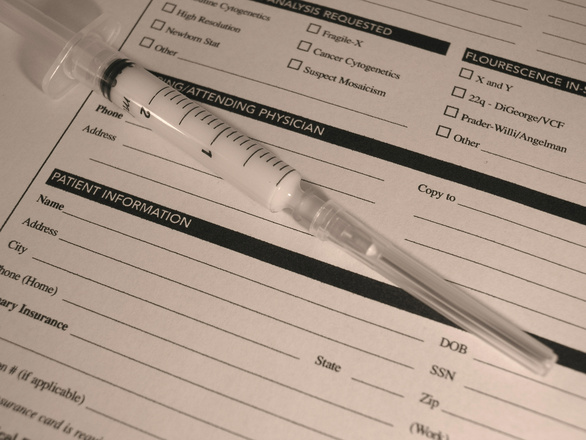Entering into a rehabilitation program is expensive, and it can interfere with a person’s life, especially when the treatment program is an inpatient program. Rehabilitation programs can be life-saving for people with serious drug problems, but there is a shortage of beds in skilled rehab facilities and a shortage of funding to provide treatment for those who are addicted. 
Unfortunately, many of the people in rehab don’t actually belong there and don’t want to be there. They are there because of outdated criminal laws making it illegal to possess or use marijuana.
The Majority of Patients in Drug-Treatment for Marijuana Are There Involuntarily
U.S. Department of Health and Human Services published a report with data collected on admissions to substance abuse treatment centers throughout the United States. The report looked at data on admissions to drug treatment centers from 2003 to 2013.
Over this decade-long time period, 52 percent of people who were admitted to drug treatment centers and who cited marijuana as the primary substance they “abused” indicated they had been referred for treatment by the criminal justice system. Of the patients who listed marijuana as their primary substance being abused, 44 percent of people said they only sought treatment as a condition of either their probation or parole for a drug offense.
Just 18 percent of all people who were admitted for treatment and who cited marijuana as their primary substance of abuse said they had come to treatment voluntarily. This was the lowest percentage of voluntary admissions of any substance. In fact, admissions to rehab facilities primarily due to marijuana use were less likely to have occurred than all other self-admissions combined.
This data is consistent with earlier reports. In 2008, for example, 57 percent of people who sought treatment for marijuana use as their primary substance said they had been referred for treatment as a result of their involvement with the criminal justice system. This was a significantly higher percentage than for overall admissions, as just 37 percent of total patients admitted for drug rehab said they had been referred by the criminal justice system. For adolescents who were admitted to treatment for marijuana as their primary substance, 48 percent said they had been referred by the criminal justice system.
The number of people who seek treatment for marijuana as their primary substance has increased dramatically over the past several decades. Since 1988, the percent of people in rehabilitation treatment programs with marijuana as their primary substance has risen 25 percent. This increase in people admitted to rehab for marijuana use has closely tracked the rise in the number of people referred to treatment by the criminal justice system. As the number of people referred by the justice system has risen, the proportion of people admitted for marijuana use from all other sources has been declining since the 1990’s.
Marijuana users should not be forced into rehab just to avoid jail time– especially when the marijuana use doesn’t actually have any adverse impact on their life and is not a problem for them. Drug laws need to change to put a stop to wasted money and resources resulting from people who are not addicts being forced into rehab facilities.
The Los Angeles CANNABIS LAW Group represents growers, dispensaries, collectives, patients and those facing marijuana charges. Call us at 949-375-4734.
More Blog Entries:
Delays in Medical Marijuana Programs Harm Patients- Will Emergency Access Be Granted? Nov. 11, 2015, Los Angeles Marijuana Lawyer Blog
